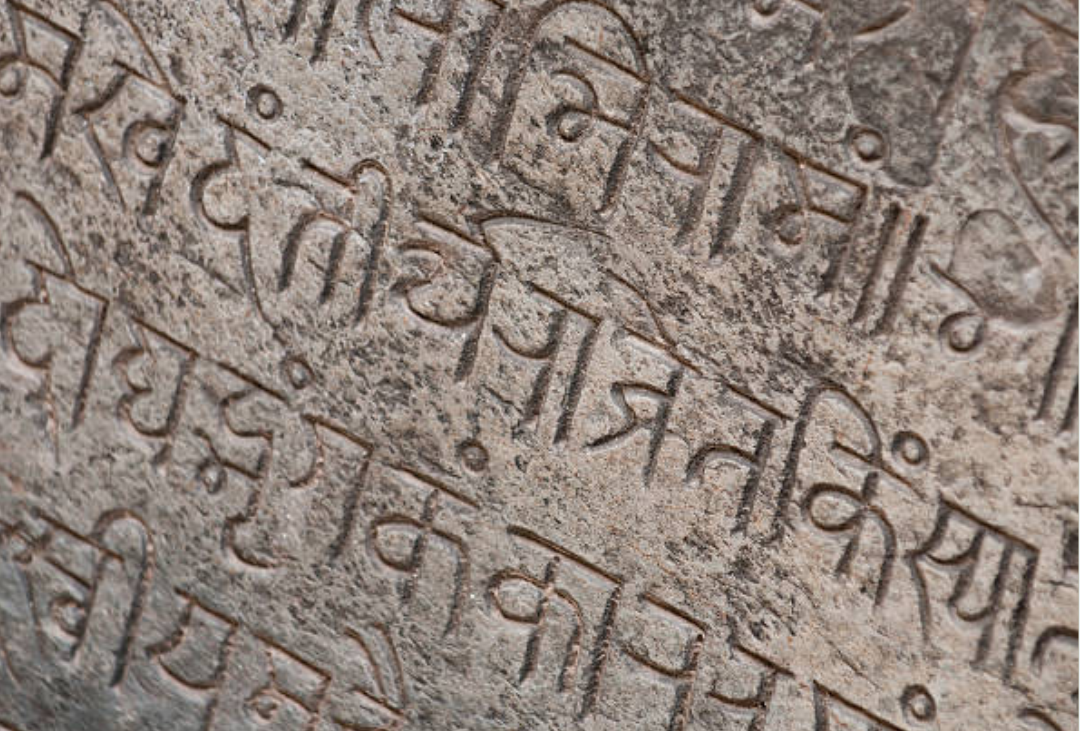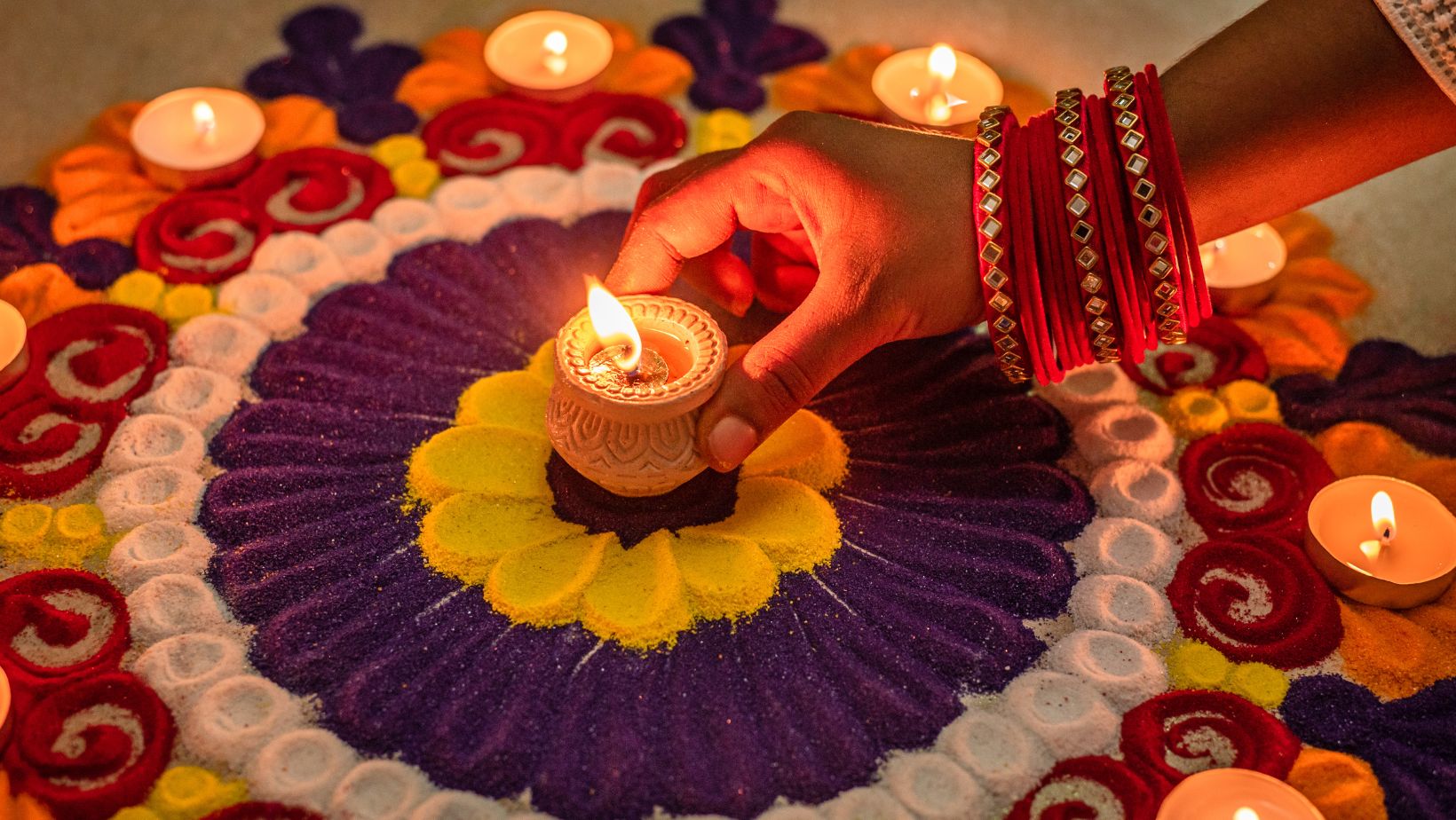Useful things to commit to while learning Indian Languages
Top tips for a smooth language learning journey
India is a land of diversity – diverse landforms, climates, vegetation, culture, costume, cuisine, tradition, and languages. “Kos kos pe badle paani, chaar kos pe bani” (at every three kilometers the taste of water changes and every twelve kilometers the accent changes) is an eccentric feature of the country. No wonder, there are approximately 121 languages spoken in India. People in each state, people in different localities often speak in their local dialects. As of now, as laid down by the Constitution of India, there are 22 officially recognized, or scheduled languages in India.
With the English and Hindi language being the lingua franca (a shared language of communication used by people who are speakers of different languages), many people think it’s not necessary to learn any other Indian language. Well, that isn’t true!! Learning the Indian language never go to waste. Maybe you need to learn a local language so that you can speak it on an upcoming trip, or you may land up in a different state for your studies or job, or maybe you want to read your favorite novel in the language it was initially written or you may fall in love with someone from a different language. Whatever may be the reason, all you want is to learn it as fast as you can, but honestly, learning a new language can be anything but fast.
Though learning any language depends upon the desire, willingness, ability, and determination of the person who wants to learn that language but following the right strategy can make the learning journey exciting.
Follow these tips to master a new Indian language faster than you ever imagine!
Focus on exactly ‘why’ you want to learn the new language
Start by finding out all the reasons why you would like to learn your target language and how far it will help you to achieve your long-term endeavors. Knowing your ‘why’ will help you to be engrossed and keep you motivated throughout your learning journey.
Make realistic and specific goals
So, now that you decided to learn a new Indian language, the first and foremost thing to do is to set a clear and attainable goal as it adds focus and structure to your language learning journey. It allows you to plot an actionable roadmap to your success destination.
Let’s say, for example, your goal is to be fluent in Marathi. That’s great and the feeling is wildly optimistic but at the beginning, this is certainly not the best idea. Rather why not set yourself a target that is approachable like interacting with the doodhwala bhaiya (milk vendor) or the autowala bhaiya (rickshaw driver) in Marathi to sound more native.
Goal setting also does wonders for motivation. There is no better feeling than accomplishing your goal.
Learn the ‘right’ Vocabulary
To gain proficiency in any language, one has to learn a lot of words. The good news is that you don’t have to learn all the words. Start by learning the most-frequently-used words in your target language. Focus has to be on the words and phrases that are relevant to you, your job and your interests. Gradually add more complex words to your vocabulary as you continue on your language learning journey.
Find the right study method and resources
It is very important to figure out which study methods and resources best suit you. For some, a traditional classroom setting works wonder and for others who doesn’t have much time prefers online courses. Thanks to technology, we now have easy access to apps that teaches Indian languages without spending a penny and with little investment of time, that too from the comfort of your home. Language curry is one such app that teaches Indian languages and is accessible anytime and anywhere.
Make new friends
Yes! Making friends not only adds flavor to your social life but also helps you to learn a different language. If you meet someone who speaks your target language, try to be friends with them. Casual chats often build a strong foundation of the language. This is one of the easiest ways to get comfortable with the slang, intonation and mannerism and the best part is that it will help a daily practicing without any fear.
Watch a movie
If you want to learn the Indian language from the comfort of your home, then simply put on regional movies on your TV screen. Yes! watching regional cinemas (obviously with subtitles) can help a lot, not only in adding to the vocabulary but it gives an insight into the language’s culture as well. (And believe me, our regional movies have great content).
Explore interesting content
Pick any Indian language and it will take you to a whole new world of literature and music. Learning through topics that fascinate you can make the learning journey so much easier and more enjoyable. Check apps like language curry that allow you to learn through interesting content along with an insight into the cultural background of the state.
So, these are a few useful things that one should commit while learning any Indian language. And with the Language Curry app, learning Indian languages become even easier. So, when are you beginning your journey to learn an Indian language?







